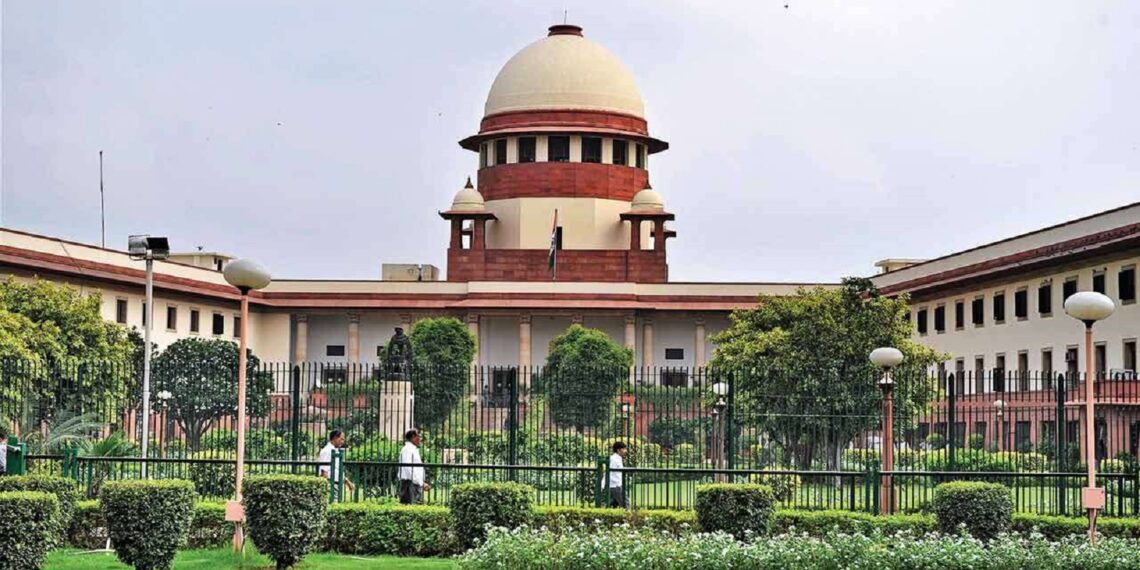ITANAGAR: The Supreme Court has recently taken up a writ petition submitted by the residents of Durpai village in Lower Siang district of Arunachal Pradesh against the Memorandum of Understanding (MoU) inked between the governments of Assam and Arunachal Pradesh.
In its decision, the court ordered that the writ petition be linked with the original suit (No 2) of 1988, State of Assam vs. Union of India. The matter was deliberated by a three-judge bench, presided over by the Chief Justice of India.
Notably, legal representatives from the governments of Assam and Arunachal Pradesh were notably absent during the hearing, and they have been directed to appear at the forthcoming hearing on November 3.
ALSO READ Thanks to Centre, border row with Assam nearing resolution: Arunachal CM
The MoU signed between the states was intended to resolve interstate boundary disputes concerning 123 villages. However, it met with strong resistance from a few affected villages from both the states – particularly Durpai, Champak Chojo, and Sogum in Arunachal Pradesh, as well as Pasoni Camp, Kailaspur, Rasbongsi, Modonpur, and Jengrai in Assam.
Earlier, the residents of Durpai, acting under the aegis of the Durpai Development Committee, communicated their opposition to the looping system to Chief Minister Pema Khandu. Their concerns led them to approach the Supreme Court in August, where they filed a writ petition to challenge the looping system.
Kena, one of the petitioners, while expressing their objections, told the local press that the MoU was signed without consulting the villagers. “Secondly, there is no clarity in the MoU. We oppose it, and therefore we had to knock on the door of the Supreme Court after the state government failed to address our grievances,” she was quoted as saying. Kena further alleged that “the looping system is an attempt to take away the land of the people of Durpai and deprive them of their rightful ownership of the land.”
ALSO READ Defence Minister reviews military readiness along LAC in Arunachal
In July 2022, Arunachal and Assam inked the Namsai Declaration, aimed at resolving boundary disputes between the two states.
This declaration followed a crucial meeting between the chief ministers of both states, Pema Khandu and Himanta Biswa Sarma, and the cabinet ministers of the two states in Namsai.
The declaration focused on “restricting or minimising the boundary disputes between the two states in respect of 123 villages placed before the local commission by Arunachal in 2007”. The two states share a nearly 800-kilometre-long boundary.















